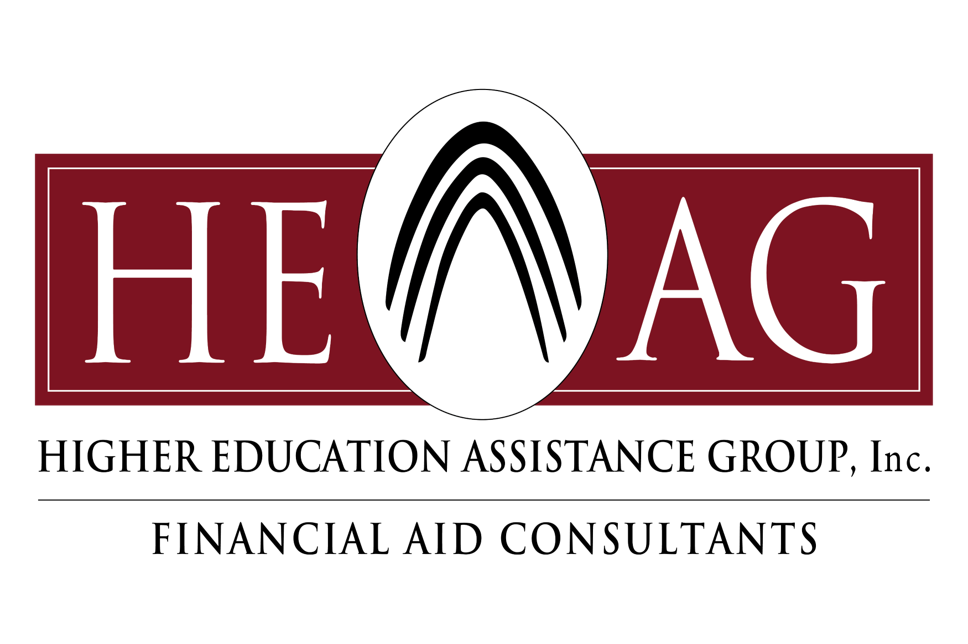March 8th, 2016
On February 9th, 2016, President Obama unveiled fiscal year 2017 plans to the tune of a $4.2 trillion spending package, with Education 
“America’s College Promise”
One of the biggest shifts fundamentally, also not without controversy, is Obama’s proposal of making the first two years of community college tuition free. As the White House’s official press release states, “this proposal will require everyone to do their part: community colleges must strengthen their programs and increase the number of students who graduate, states must invest more in higher education and training, and students must take responsibility for their education, earn good grades, and stay on track to graduate. The program would be undertaken in partnership with states and is inspired by new programs in Tennessee and Chicago. If all states participate, an estimated 9 million students could benefit. A full-time community college student could save an average of $3,800 in tuition per year.
The press release also goes on to state how it is anticipated by the year 2020, 65% of all job openings will require at least some college, if not all the way up to a Bachelor’s degree. In order for students to succeed in the proposed community college program, they must maintain at least half-time enrollment status and a 2.5 GPA. All states will be required to at least put up a portion of matching funds and the proposal indicates that the federal government would pick up 75% of the overall tab of the program. It is expected to cost $61 billion over the next ten years.
In the second week of March 2016, acting Education Secretary, John B. King Jr. testified before a Senate Appropriations subcommittee, explaining the Department of Education’s (ED) 2017 budget request, and touting proposals to lower the cost of college. “Higher education is one of the clearest paths to the middle class. At a time when jobs can go anywhere in the world, skills and education will determine success for individuals and for nations,” King said in his written testimony. “We must shift incentives at every level to focus on student success, not just on access.”

